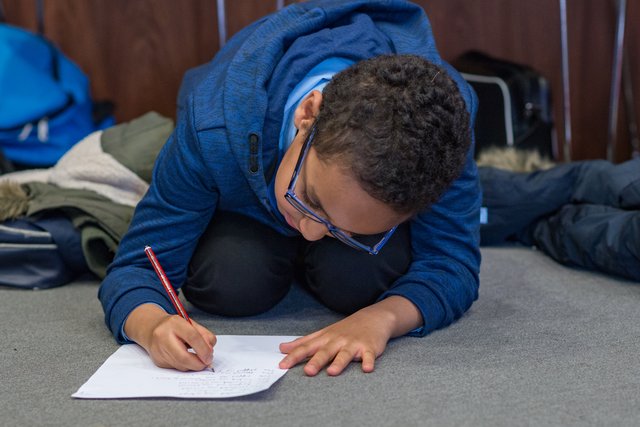Reading for pleasure has begun to take hold in policy, school curricula and classrooms. We see the long-term impact of motivation, engagement and attitudes and how these impact on attainment. But what of writing for pleasure?
This suite of materials supports whole-school exploration of writing for pleasure: its definition, its current profile in school and the possible impact of a writing for pleasure pedagogy.
Use the whole staff PowerPoint to guide you through the accompanying materials to help you explore this growing area of research and practice.
